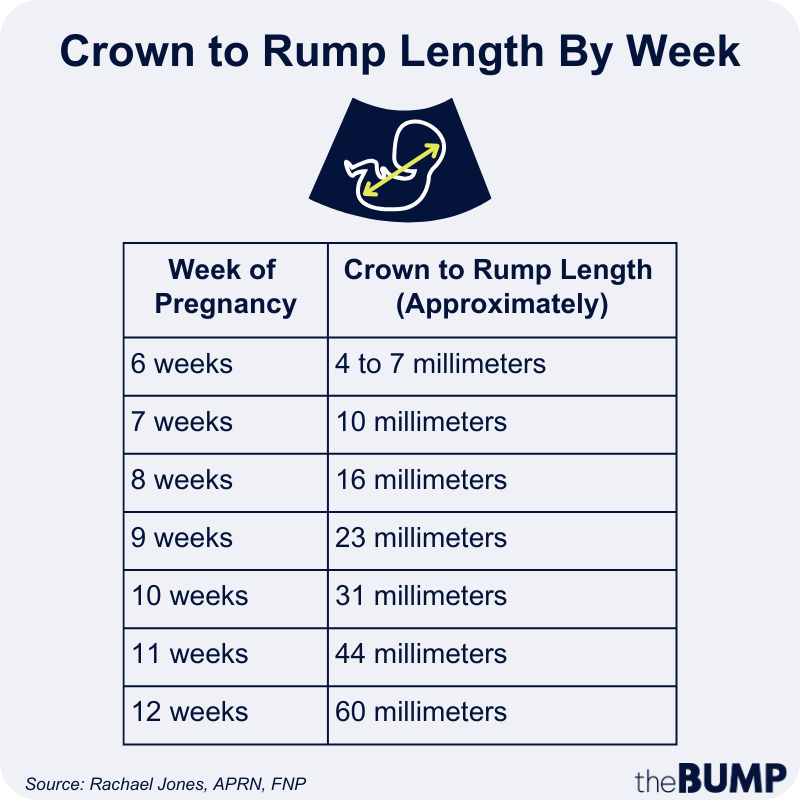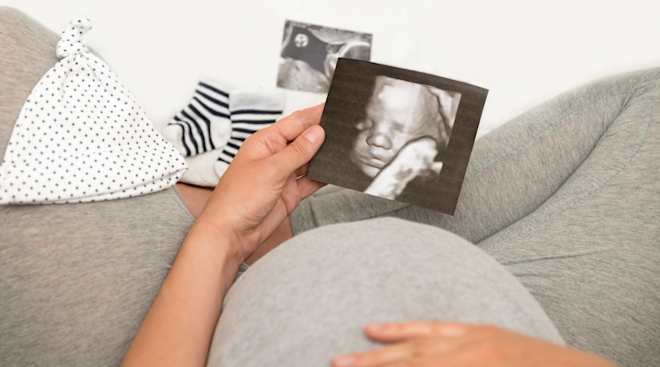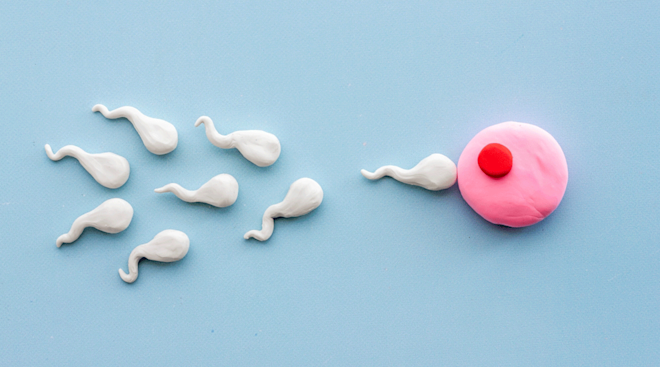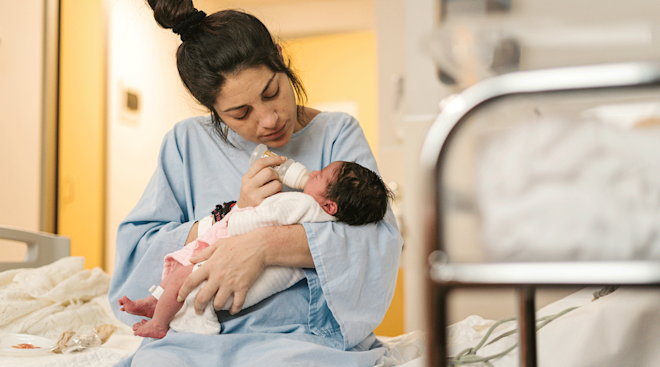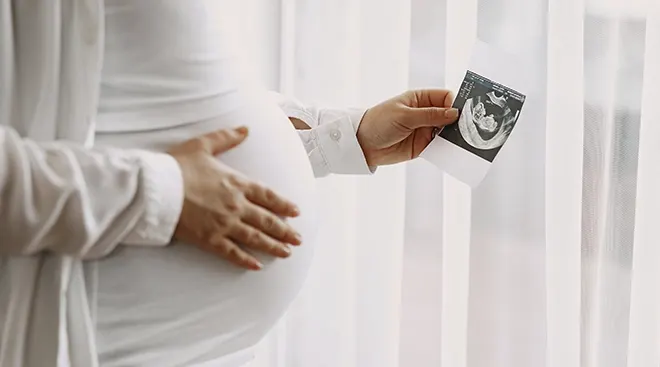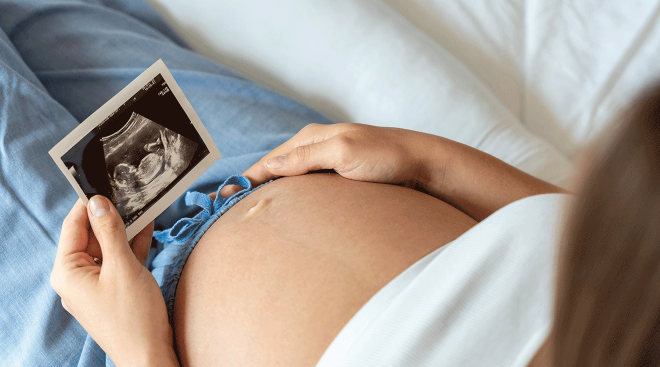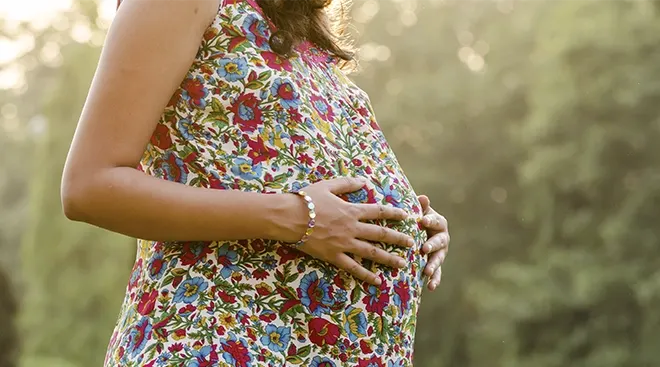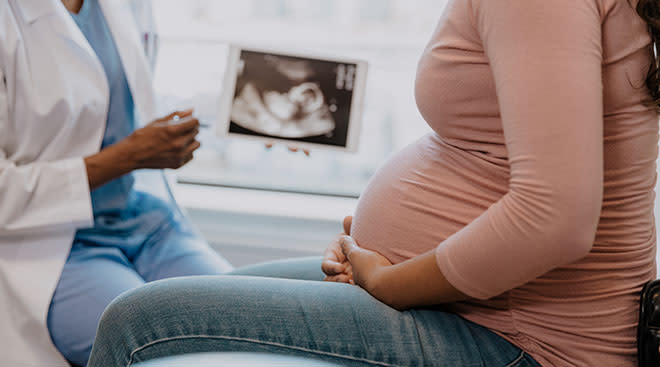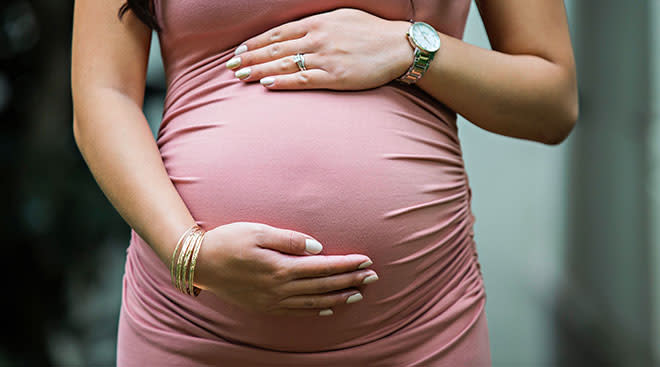What Is Crown to Rump Length? (and Why Do Doctors Measure It Anyway?)
During your first trimester—likely starting at your first prenatal visit—your provider will measure something called the crown to rump length to get a sense of how far along you are and how your pregnancy is progressing. “Accurate pregnancy dating is really important and is best when established as early as possible with the crown rump length,” says Rachel Mandelbaum, MD, an ob-gyn and reproductive endocrinologist with HRC Fertility in California. But why is it so critical—and what exactly is the crown to rump length measurement used for? Read on to learn from experts everything to know about fetal crown to rump length, including how it’s measured and why it matters.
- Crown to rump length is a measurement used to date a pregnancy and assess baby’s health and development
- Crown to rump length is measured via ultrasound and incorporates the length from baby’s head (crown) to their buttocks (rump)
- An abnormal crown to rump length may mean the pregnancy was dated incorrectly, or it could indicate a potential prenatal complication if other abnormalities are also found
Crown to rump length (CRL) in pregnancy is exactly what it sounds like: It’s the measurement from the top of baby’s head (i.e. the crown) to the bottom of their buttocks (i.e. the rump), explains Rachael Jones, MSN, APRN, a nurse practitioner and VP of clinical client strategy at WIN, a fertility and family-building benefits provider. The crown to rump length measurement excludes baby’s limbs and yolk sac and instead focuses on the length of the embryo. It’s used to assess baby’s size and development in early pregnancy.
The crown to rump length measurement is typically taken in early pregnancy, as early as 5 weeks gestation until the end of the first trimester, says Mandelbaum. “At this point, baby becomes too large and begins to uncurl, making it harder to obtain a consistent measurement,” Jones adds. “After that, other biometric markers like head circumference and femur length become more useful.”
The crown to rump length is a main marker of a pregnancy’s health and baby’s wellbeing during the first trimester. It’s also the best way to accurately date the pregnancy and measure baby’s gestational age in the first trimester, Jones says, “especially when the date of conception is unclear or menstrual cycles are irregular.” Having an accurate measurement of this and a due date helps ensure that your prenatal screenings and tests are being scheduled for the right times.
Mandelbaum agrees, adding that there’s a specific and coordinated timeline that’s followed in early pregnancy. “With each week that passes, we expect to see very specific landmarks and growth on ultrasound… We can track this with the crown rump length.”
According to Jones, it’s measured via transvaginal ultrasound before 10 weeks of pregnancy, and with an abdominal ultrasound after 10 weeks. For the ultrasound, the technician looks at baby from a side view and uses digital calipers (measurement tools) to measure the crown to the rump in millimeters or centimeters.
According to Mandelbaum, there are measurement ranges for crown to rump length for each week of pregnancy. Usually, “the crown rump length ranges from less than a centimeter before 6 weeks to potentially over 8 centimeters (80 millimeters) by the end of the first trimester,” she says.
Below, Jones offers an approximation of what baby’s crown to rump length could look like during each week of early pregnancy.
According to Mandelbaum, an abnormal crown to rump length reading could signal a few things, including inaccurate pregnancy dating or a pregnancy loss. However, usually it needs to be charted over a few weeks to determine root cause of an abnormal measurement.
“If the CRL doesn’t align with the expected size based on the last menstrual period, it may simply indicate a dating discrepancy,” Jones says. If the measurement is smaller than expected, ovulation and implantation might have occurred later than previously thought. “Typically, growth restriction isn’t a concern this early in a viable pregnancy,” Jones adds.
However, a smaller than expected crown to rump length measurement could also signal a chromosomal abnormality—which is usually accompanied by other abnormal tests, such as with the nuchal translucency screening—or an early loss, which would be accompanied by the absence of a fetal heartbeat.
On the other hand, if the measurement is larger than expected, it could again be due to incorrect pregnancy dating, with implantation occurring earlier than previously thought. It could also point to a multiples pregnancy that has not yet been identified. “In very rare cases, a larger-than-expected CRL might be associated with a molar pregnancy or gestational trophoblastic disease,” Jones adds.
Lastly, aside from CRLs being too small or too large, your provider will also ensure it is actually increasing over time. “A lack of growth between ultrasounds spaced 7 to 10 days apart may suggest a nonviable pregnancy and typically warrants follow-up,” Jones says.
Frequently Asked Questions
Can the crown to rump length in pregnancy be incorrectly measured?
“Inaccurate CRL measurements are not uncommon, which is why repeat ultrasounds are often recommended when results don’t align with expected dates,” Jones says. The measurement could be falsely short if measured in the wrong plane or falsely long if other structures are accidentally included. Other factors, like fetal position, maternal anatomy and excessive fetal movement can all impact the accuracy of the crown to rump length measurement.
Can the crown to rump length be used to determine baby’s sex?
Both experts agree that crown to rump length can’t be used to determine baby’s sex. “There’s no reliable or significant difference in CRL between male and female fetuses,” Jones says.
Is crown to rump length usually smaller for girls?
“While some older or informal theories suggest that boys may measure longer, there’s no scientific evidence supporting a consistent or meaningful difference in CRL based on fetal sex,” Jones says. “Every pregnancy, no matter sex, follows a very specific growth curve this early on,” Mandelbaum adds. “Later in pregnancy, we start to see sex and genetics play a role in fetal size and weight, but we don’t see this variation in the first weeks of pregnancy.”
What if the crown to rump length measurement is smaller than expected?
This most commonly means the pregnancy is younger than previously thought, the experts note. “It could also mean poor embryonic growth and potentially a risk of miscarriage,” Mandelbaum says.
What if the crown to rump length measurement is larger than expected?
If the crown to rump length is larger than expected, it could mean the pregnancy is further along than assumed, the experts note. It could also be due to a multiples pregnancy or, in very rare cases, a molar pregnancy or gestational trophoblastic disease, Jones adds.
What is the crown to rump length for a pregnancy loss?
Jones notes that a crown to rump length measurement of 7 millimeters or more without a detectable heartbeat is “considered diagnostic of pregnancy loss.” However, this number may depend on when during the pregnancy the loss occurred, Mandelbaum says, adding, “The CRL can often point to a time at which something went wrong and the pregnancy may have stopped or slowed growth.”
A gestational sac that measures less than 25 millimeters without an embryo, as well as two scans 7 to 10 days apart with no growth may also suggest a nonviable pregnancy, Jones says.
Crown to rump length is a way providers track pregnancy early on to ensure baby is growing as expected—but it’s “only one of the many structures needed to establish a healthy early pregnancy,” Mandelbaum says. It can be hard not to stress over the number, particularly if it’s not within a normal range, but Jones explains the crown rump length isn’t a perfect measurement. “Try not to panic…there are many normal reasons a single scan might be off from fetal position to timing of ovulation,” she explains. “A follow-up ultrasound in 7 to 10 days is often all that’s needed to clarify dating or confirm viability.” As you get through the early stages of pregnancy, focus on resting and eating a healthy diet. And for any questions or concerns about your or baby’s health, don’t hesitate to reach out to your provider.
Please note: The Bump and the materials and information it contains are not intended to, and do not constitute, medical or other health advice or diagnosis and should not be used as such. You should always consult with a qualified physician or health professional about your specific circumstances.
Plus, more from The Bump:
Rachael Jones, MSN, APRN, FNP, is a nurse practitioner and VP of clinical client strategy at WIN, a fertility and family building benefits provider. She earned her master’s and nursing degree from Lehman College.
Rachel Mandelbaum, MD, is an ob-gyn and reproductive endocrinologist with HRC Fertility in California. She completed her medical degree at UCLA and her residency at USC, where she remains a clinical faculty member.
Learn how we ensure the accuracy of our content through our editorial and medical review process.
Navigate forward to interact with the calendar and select a date. Press the question mark key to get the keyboard shortcuts for changing dates.



































